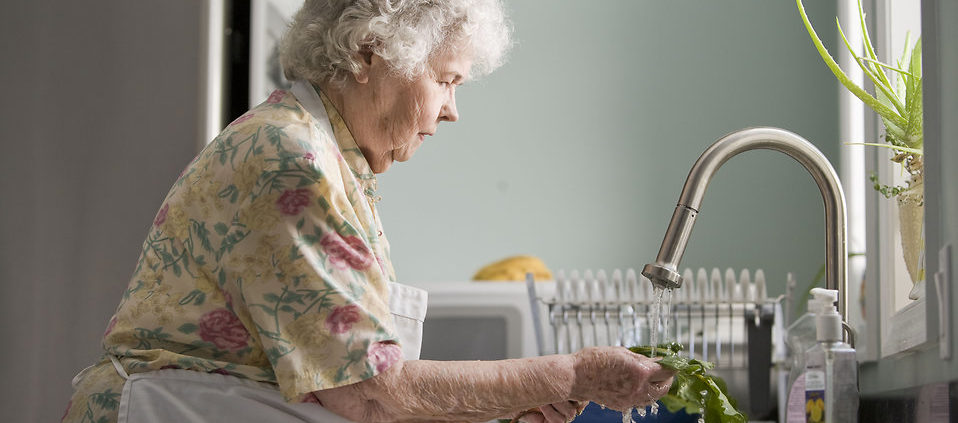The Return to Community Initiative Brings Minnesotan Nursing Home Residents Back to Their Neighborhoods
The rising cost of nursing home residency only exacerbates the stress felt by seniors and their families as they make decisions about late-life housing. The cost of housing older adults in these facilities is expected to grow from $170 billion to $260 billion annually by 2025. Nursing homes are responsible for over a third of state Medicaid spending nationwide, and private payers are paying higher out-of-pocket-costs for long-term care every year. Beyond the dire fiscal reality of staying in a nursing home, 87 percent of adults age 65+ want to stay in their current community as they age according to a 2014 AARP survey.
Ensuring older adults can continue to live in their homes has not proven an easy task—and the Commonwealth has made meeting this policy goal a critical focus in identifying new opportunities for healthy aging. This objective is also a core focus of multiple Better Government Competition 2017 entries, which present a number of possible aging-in-place options that could benefit Massachusetts.
The runner-up, Minnesota’s Return to Community Initiative (RTCI), is an illustrative example. RTCI, which works within the existing structures and resources available to seniors through Minnesota’s Board on Aging, has developed a methodology to return more nursing home residents to their communities, both saving money and realizing the wishes of seniors. The RTCI program, started in 2010 in collaboration with discharge planners and nursing home administrators, is responsible for $9.6 million in savings during its initial four years of operation. After an expansion of the program in 2014, the savings incurred by the program are estimated to be $18 million.
The Return to Community Initiative helps cut costs through moving nursing home residents back to their neighborhoods and delaying or eliminating the need for their enrollment into a Medicaid long term care waiver. If such a move to a Medicaid long-term care waiver is unavoidable for residents, RTCI works to help with the transition as an alternative to having the resident remain in the nursing facility. The program focuses on a small window of opportunity during the first 60 to 90 days after admission when patients are making the decision to return to their community or complete the transition into a nursing home for long term care.
RTCI has developed a simple and effective method to reach potential nursing home discharges. After 45 days in the nursing facility, individuals are placed on a profile list if they have expressed a desire to return to their communities and have a 70% or higher chance of successful transition based on their health and other characteristics during admission. RTCI’s Community Living Specialists then visit potential candidates to inform them of their options for living arrangements. If discharge occurs, then the Community Living Specialist helps the individual with their transition for up to 5 years following discharge but for at minimum the first 90 days. Since 2010, RTCI has helped 4,380 nursing home residents transition back into their communities. Although previous programs such as Moving Home Minnesota have aided Medicaid nursing home residents in returning to the community, RTCI focuses on private paying residents before their resources are exhausted and they convert to Medicaid.
At the center of the RTCI targeting model is research conducted by Dr. Robert Kane and Dr. Greg Arling in 2008 which examined the potential for establishing a method to find nursing home residents that could be candidates for transitioning back into the community. The targeting model paired with the existing Senior LinkAge Line®, the senior focused arm of the Aging and Disability Resource Center, allowed for the RTCI to start transitioning seniors back into the community in April 2010.
Much of the success of the program is due to the Senior LinkAge Line® which was established in 1994. The RTCI recognized the established credibility and accessibility of the Senior LinkAge Line® and used it as a tool to reach candidates for community transitions. While this innovative marriage of programs came about through unique conditions, RTCI should still provide a replicable framework in other states without similar existing programs. Like Minnesota, Massachusetts participates in the Money Follows the Person (MFP) Demonstration Program which helps older individuals who receive Medicaid (or MassHealth) transition into a community or home setting from a nursing home. However, the Commonwealth does not currently have a program geared towards private payers in nursing facilities—and RTCI could be an effective vehicle for bringing this kind of initiative to Massachusetts.




Leave a Reply
Want to join the discussion?Feel free to contribute!